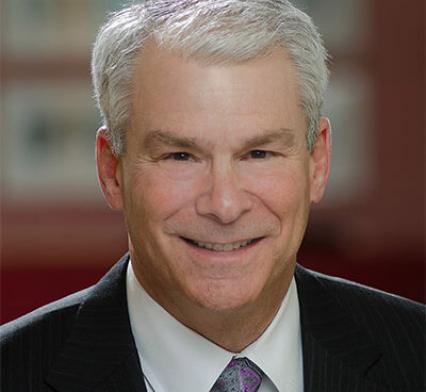Target Operating Model
All business leaders want to maximize their company’s profit and efficiency. We develop strategic plans to guide our growth, market to attract customers, implement customer service strategies to retain existing customers, and do our best to staff to those needs.
But I expect that most leaders reading this article are focused beyond these basics. We’re trying to peer as far into the future as possible while recognizing that the pace of change will only keep accelerating. We’re thinking about how to disrupt, instead of being disrupted. We’re retooling our products and services to reflect the digitization of customer interactions and behaviors. We’re trying to move beyond one-off initiatives and siloed units. We’re trying to radically reimagine our customers’ experience. And, if we’re smart, we’re asking ourselves if the way we’ve configured our business enables us to do any of these things in a sustainable, transformative way.
That’s the genesis of work my company, and I suspect many of yours, has launched to define our “target operating model.” You’ve probably read about this in the business literature, and may have dismissed it as just the latest flavor of the month that large consulting firms are using to sell their services. But I find it to be an enormously helpful way to think about how to position my company for future success.
The target operating model construct is elegantly simple in conception yet fiendishly complex to execute. Simply put, it asks you to define what your business needs to be and do in order to thrive – to, as McKinsey puts it, “simultaneously disrupt existing processes, drive value, and improve customer experience while reducing costs to serve.” The hardest part comes next: how do you get there?
And that’s where the rubber meets the road. Does technology or people constitute the primary “axis of change”? What capabilities do you need? How much do you build versus buy, hire versus outsource? How do you configure your teams to maximize their ability to deliver unparalleled customer experience with new digital tools? How do you transform customer journeys by successfully balancing the need for automation with the need for exceptional human touch? How do you help your current employees develop the skills they need to thrive in an environment of new value creation? How do you create teams that are agile in every sense of the word? And, understanding that transformative change doesn’t happen all at once but via a series of initiatives, how do you prepare your people for rolling waves of change?
As CEOs, it is up to us to evangelize for and lead this kind of transformation, and surround ourselves with other leaders who not only share our vision but can excite their teams to achieve it. The stakes are high. Companies that don’t think in this way risk irrelevance and replacement, as new technologies smash previous barriers to entry in virtually all industries. My own company has been around for more than 100 years, and I know that another 100 depend on my and my team’s willingness to listen to customers and then think differently – ignoring old assumptions – about how best to meet their needs.
